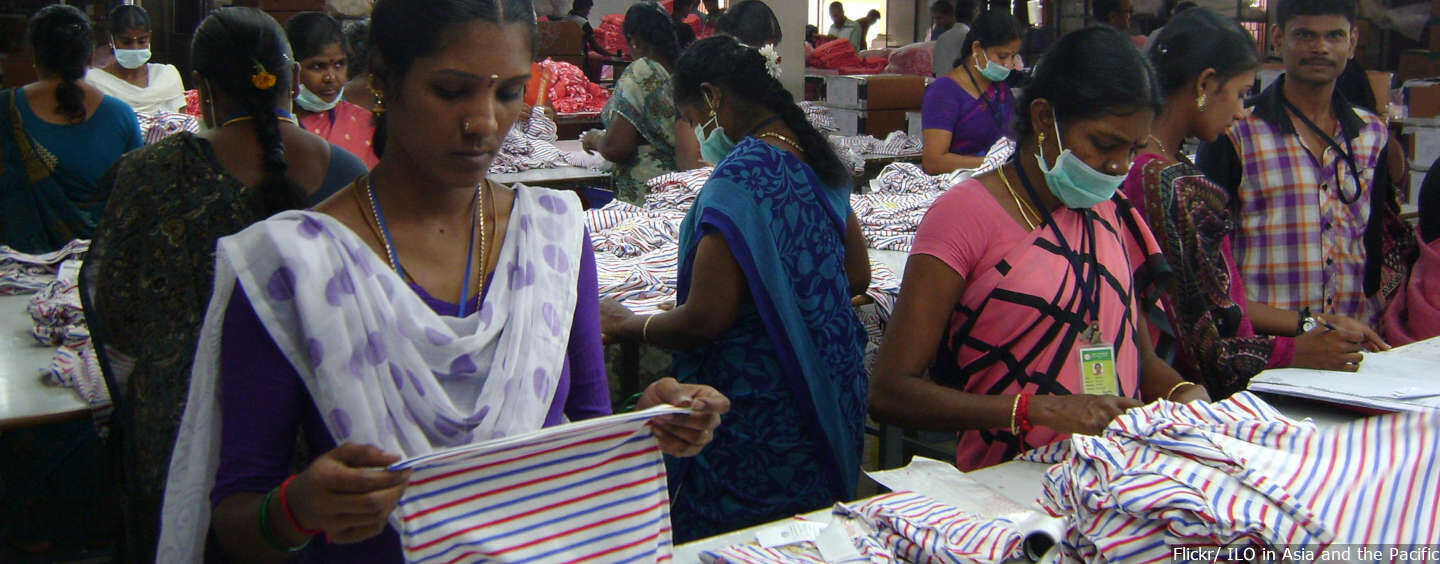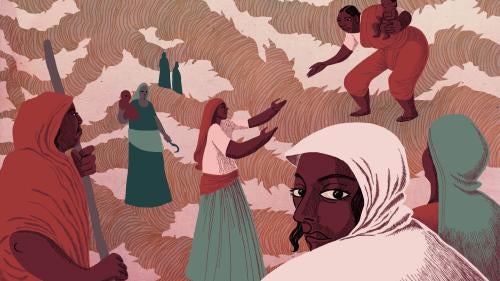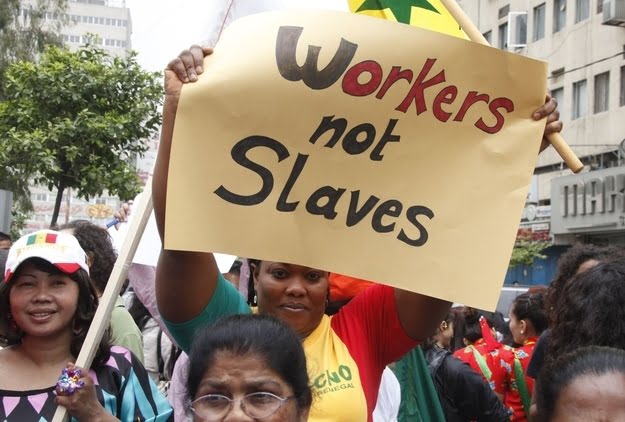As I stared at a headline by The Print which reads: Covid has devastated India’s self-employed women, I kept thinking of Women in the Worlds of Labour – Interdisciplinary and Intersectional Perspectives, a book edited by Mary E. John and Meena Gopal that I had recently completed reading.
Their research and findings emphasise how this discrimination is not the case with just one industry or one area/city. It is so deeply rooted in the system that to change it, is going to be a huge challenge. But, one has to begin somewhere
According to the data released by the World Bank in June 2020, India’s female workforce participation in that year fell to 20.3%. India has one of the world’s lowest work participation rates for women. This book features 20 essays by women scholars and researchers who share their thoughts and observations about how India is failing its labouring women.

Two professors, Mary E. John (Centre for Women’s Development Studies, New Delhi) and Meena Gopal (Centre for Women’s Studies, TISS, Mumbai) have edited these essays and have also written a comprehensive introduction giving us a background about the issues highlighted in these essays.
The range of these essays is immense. From LGBTQIA+ representation (or the lack of!) to disability quota, from sex workers to domestic workers, women in teaching, artists, factory workers as well as women in anganwadis – Women in the Worlds of Labour tries to talk about the increasing gender employment gap from various perspectives.
Their research and findings emphasise how this discrimination is not the case with just one industry or one area/city. It is so deeply rooted in the system that to change it, is going to be a huge challenge. But, one has to begin somewhere.

One of the essays talks about how a working woman always has two jobs – one at home and one at the office. It struck deep within as I thought of my mother who was a working woman and then, about my own plight, as I juggle between home and office. The challenges never seem to end.
Also read: It’s Time Women Are Compensated For Their Unpaid Labour
Interacting with the experiences of women from different socio-economic backgrounds in Women in the Worlds of Labour helped me understand how the challenges of women remain the same at the core. Balancing home with work seems to be the biggest challenge for a woman irrespective of whether she is a CEO of an MNC or a domestic worker, though the gravity of the problems and the main areas of conflict vary with the levels of financial independence enjoyed by each of them.
As someone who has worked in the financial services sector for more than a decade, a lot of questions I raised during my tenure but never got answers to, are discussed in these essays. From not having a separate washroom for women employees, to having no grievance redressal for harassment complaints, the lapses by some big corporate banks were an eye-opener to me.
Women in the Worlds of Labour rightly notes: Disability cuts across class, gender, nationality and generation because it can happen to anyone at any time. Loss of employment is one of the most common and severe consequences after the onset of disability
The essay by Geeta Thatra on Mujra and Baithak in Bombay (now Mumbai): Courtesan’s Affective, analyses the origin of the culture of nautch girls and prostitutes brilliantly.
Caste-Hindu nationalists, social reformers, and the middle classes of the period displaying a conservative sexual politics, that was yet ‘tolerant’, selectively appropriated the values of modernity, civilisation, cleanliness, and purity in order to socially condemn the courtesan and her legacy of medieval Muslim rule: the ‘prostitute’ woman was considered a necessary evil but had to be shown her ‘proper place’ and geographical limits. (Pg 137-138)
The words ‘…had to be shown her proper place..’ gave me goosebumps. These words hold true till date and men still try to use these words to refer to a woman who (according to them) shows tantrums and does not give in to their demands, requests or pleas.

Eventually, I quit my job due to health reasons. The company’s firm disregard towards my personal issues (majorly health-related) for over a year caused immense damage to my health. In 2014, I was diagnosed with a life-altering auto-immune disorder because of which I cannot return to the workforce, since I am now disabled.
Strangely enough, the corporate culture continues to be impertinent even to the disabled, I recognised, not only through my personal experiences but also after reading the essay Engendering the Disability – Work Interface by Renu Addlakha.

It was eye-opening to note the extent of discrimination that is rampant in our workforce. It would not be wrong to say, I had to quit my job due to my disability. Neither would it be wrong to say that after that, I have never been able to secure a full-time job for myself. Women in the Worlds of Labour rightly notes: Disability cuts across class, gender, nationality and generation because it can happen to anyone at any time. Loss of employment is one of the most common and severe consequences after the onset of disability (Pg. 245).
People with disabilities are less likely to be in employment than persons without disabilities. They are also more likely to earn lower wages than those without. Among persons without disabilities, men are almost twice as likely to have jobs as women.
Women in the Worlds of Labour features an interview with Svati Shah, the author of Street Corner Secrets. It has so many insights about sex work, sex for work and the spaces in between. Similar was the case with Sandali Thakur’s essay on Women’s Art. It penetrates into the lop-sided practices in the arts, focusing on women artists are exploited in the name of labour.
Women in the Worlds of Labour raises many important questions and draws to our attention the discriminatory practices we have been carrying on for years. A highly recommended read, this book speaks about equality, inclusivity, and diversity, reflecting deeply on every gendered aspect of our workforce environment.
Also read: Darjeeling: Women’s Exploited Labour Behind Our Cups Of Tea
I would like to conclude with these words from the introduction to the book written by the editors themselves: “This volume of essays should be taken as one kind of response from amongst feminist activists and writers to what can no longer simply be called the problem of women’s labour, but one that has assumed the proportions of a crisis.”
About the author(s)
Namrata is a lost wanderer who loves travelling the length and breadth of the world. She lives amidst sepia toned walls, fuchsia curtains, fairy lights and shelves full of books. When not buried between the pages of a book, she loves blowing soap bubbles. A published author she enjoys capturing the magic of life in her words and is always in pursuit of a new country and a new story.




